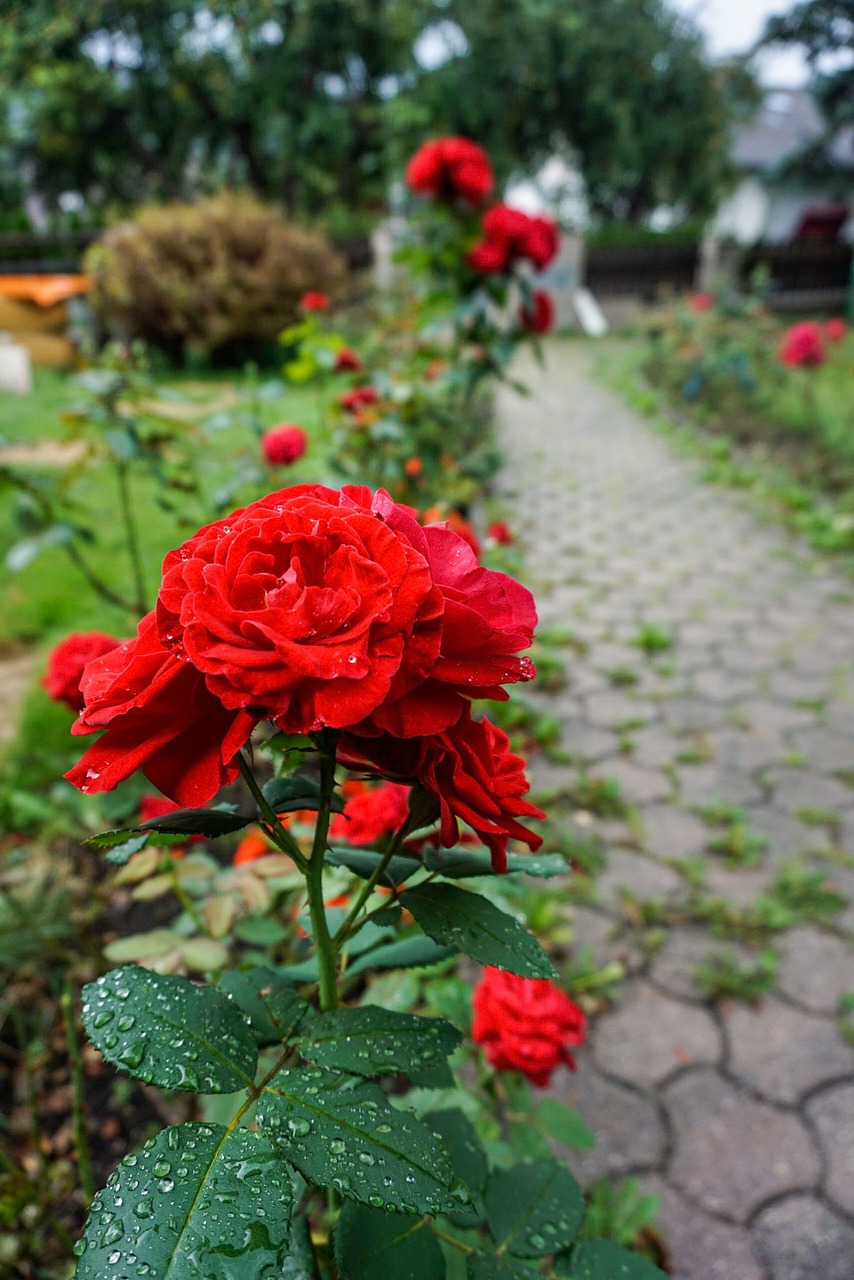Overview
In the realm of Chinese mythology, Erlang Shen (二郎神) stands as a remarkable figure, often depicted with an omniscient third eye situated prominently on his forehead. Esteemed as the deity of engineering, he is recognized amongst the mightiest warrior gods in Heaven. Historically, Erlang Shen is portrayed as a folk hero who played a crucial role in mitigating disastrous floods during ancient times.
Etymology
The name Erlang Shen is composed of three components: the character for “two,” which is èr (二), the character láng (郎) signifying “boy,” and shén (神), meaning “god.” Together, these characters convey the idea of a “godly second son,” aptly reflecting his status as the second child among his mother’s three offspring.
Attributes
Erlang Shen’s visual representation is most notably marked by his iconic third eye. In the classic Chinese novel “Journey to the West” by Wu Cheng’en, Erlang Shen is described with a distinguished appearance: he is refined in demeanor, noble in looks, with ears that reach his shoulders and bright eyes. His three-peaked hat is adorned with images of phoenixes, while his robe bears a pale goose-yellow hue. He walks in boots lined with golden cloth that feature coiling dragons around his socks. Notably, he wears a jade belt embellished with eight precious jewels, wields a bow curved like the moon at his hip, and holds a three-pointed double-edged spear.
Family
The lineage of Erlang Shen is often a subject of debate within Chinese mythology. The widely accepted narrative places him as the son of a sister to the Jade Emperor (玉皇), the ruler of the heavenly realm, and a mortal man with whom she fell in love. Alternative stories suggest that he is the progeny of the ancient engineer Li Bing (李冰). Erlang Shen is accompanied by two siblings: his brother, Yang Jiao, and his sister, Yang Chan.
Family Tree
- Brother: Yang Jiao
- Sister: Yang Chan
Mythology
As a Demigod
In the most popular interpretation of Erlang Shen’s legend, he is the product of a union between an immortal woman and a mortal father. They have three children, including Erlang Shen himself. However, due to her role as a guardian limiting the mingling of gods with humans, the Jade Emperor punishes her by having her eldest son and husband executed. In a further act of punishment, he confines her beneath the weight of Mount Tai.
When Erlang Shen matures, he uses his double-edged spear to split the mountain, endeavoring to release his mother. In alternate versions of this tale, he rescues her from the underworld, casting lightning bolts at the demons who afflict her. This myth is often recounted as a cautionary tale for children, promoting good behavior to avoid incurring Erlang Shen’s wrath.
As the Son of an Engineer
In a historically rich narrative, an ancient engineer named Li Bing is commissioned by the residents of Dujiangyan City to devise a solution to the persistent flooding of the Min River that historically wreaked havoc upon the Chengdu Plains. After an unsuccessful year of exploration, Erlang Shen, Li Bing’s son, is dispatched to uncover the flooding’s source.
His efforts yield no results until he encounters an elderly woman on the riverbank in tears, lamenting that one of her grandchildren is destined to be sacrificed to an evil river dragon. Erlang Shen volunteers to take the place of her grandchild, willing to confront the dragon as an offering. When the dragon arrives to claim its sacrifice, Erlang Shen reveals himself, while the old woman constrains the beast with chains. With his spear, Erlang Shen vanquishes the dragon, restoring tranquility to his city and the surrounding villages of the Chengdu Plains.
Pop Culture
Erlang Shen features prominently in revered Chinese literary works such as “Journey to the West” (西游記) and “Fengshen Yanyi” (封神演義), known as the Investiture of the Gods. His character is also highlighted in the animated film “Bao Lian Deng” (宝莲灯), or Lotus Lantern, and he features as a popular figure in various Chinese television series, including modern adaptations of both “The Investiture of the Gods” and “Journey to the West.”



